EM Quick Hits 20 Imaging Renal Colic, Human Trafficking, Atrial Fibrillation During COVID, Transvenous Pacemaker Placement, COVID Lung POCUS, COVID Derm, Virtual Simulation
Emergency Medicine Cases
JUNE 30, 2020
The post EM Quick Hits 20 Imaging Renal Colic, Human Trafficking, Atrial Fibrillation During COVID, Transvenous Pacemaker Placement, COVID Lung POCUS, COVID Derm, Virtual Simulation appeared first on Emergency Medicine Cases.


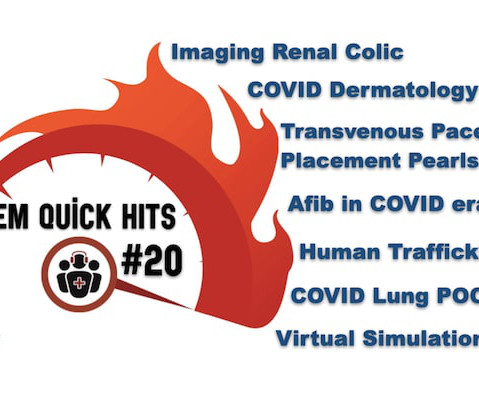
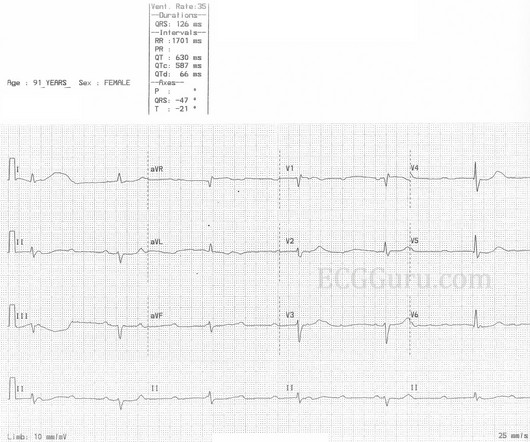
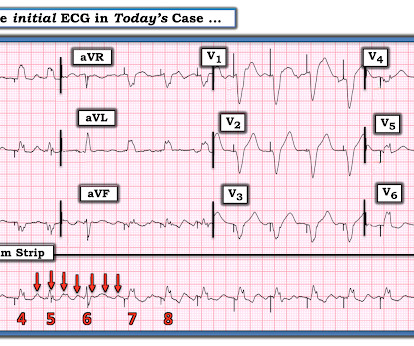
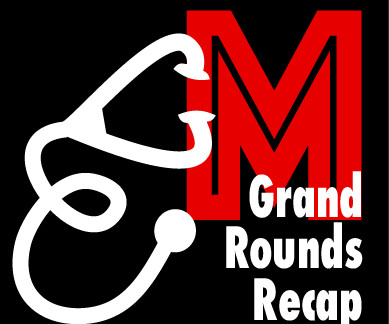
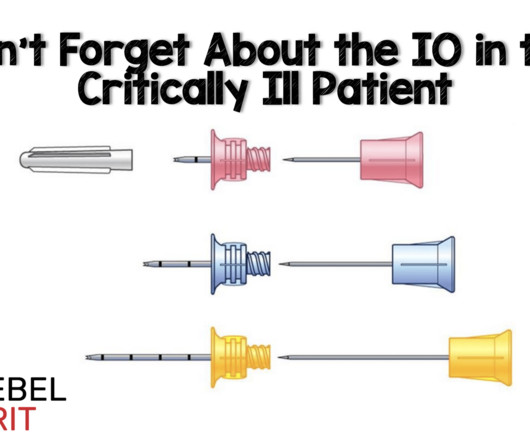
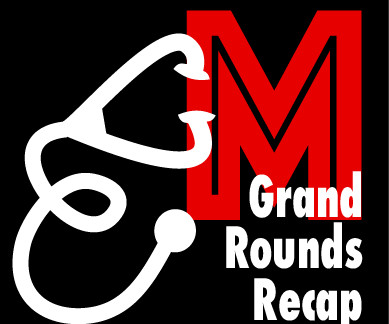
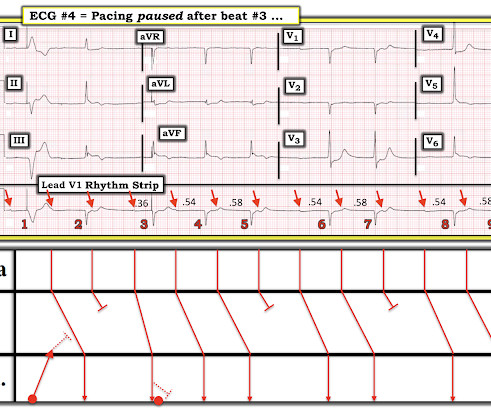
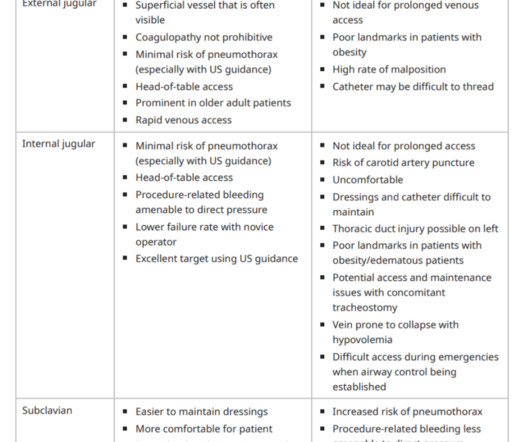






Let's personalize your content